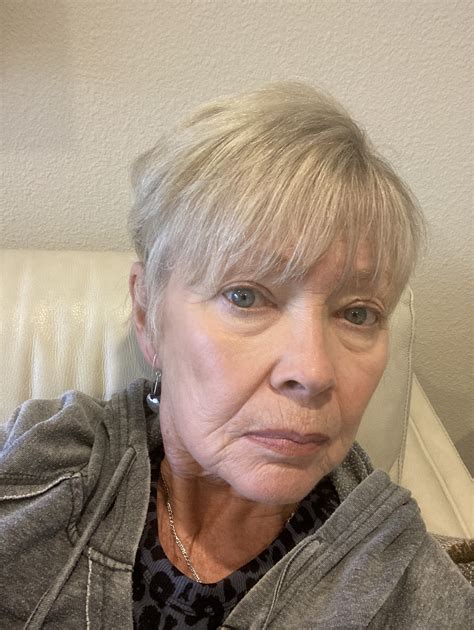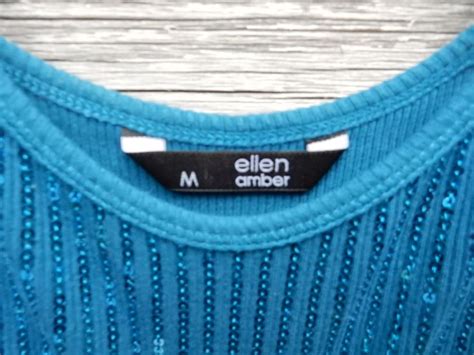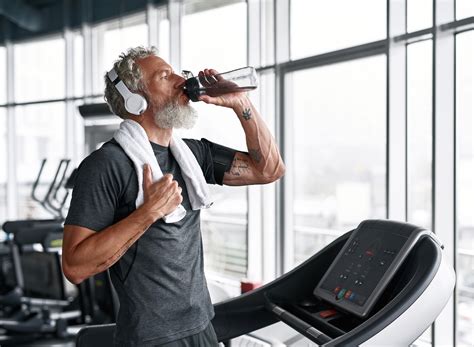The Natural Progression of Bone Loss in Aging Men
While often associated more with women, men also experience significant physiological changes in bone density as they age. This process is a natural part of aging, leading to a gradual weakening of the skeleton and an increased risk of fractures. Understanding these changes is crucial for maintaining bone health and preventing serious complications in later life.
The Dynamic Process of Bone Remodeling
Throughout life, our bones are in a constant state of flux, undergoing a process called remodeling. Old bone tissue is broken down (resorption) by osteoclasts, and new bone tissue is formed (formation) by osteoblasts. In young adulthood, these processes are largely balanced, or formation slightly outpaces resorption, leading to peak bone mass. However, as men age, this delicate balance shifts. The rate of bone resorption begins to exceed the rate of bone formation, leading to a net loss of bone mass.
This imbalance contributes to the overall reduction in bone mineral density (BMD), making bones less dense and more porous. The turnover rate itself can also slow down, meaning that while less bone is being produced, the existing bone is also not as efficiently repaired or replaced.

Hormonal Influences and Their Impact
Hormones play a critical role in regulating bone density, and age-related changes in their levels significantly impact men’s skeletal health. Testosterone, the primary male sex hormone, is vital for maintaining bone strength. As men age, particularly after 30, testosterone levels gradually decline, a phenomenon sometimes referred to as ‘andropause.’ Lower testosterone levels can directly lead to increased bone resorption and decreased bone formation.
Estrogen, often thought of as a female hormone, is also crucial for bone health in men, where it is produced from testosterone. Estrogen helps prevent bone breakdown, and its decline (which parallels testosterone decline) further contributes to bone loss. Additionally, deficiencies in Vitamin D, which is essential for calcium absorption and bone mineralization, become more common with age and can exacerbate bone density issues.
Structural and Microarchitectural Deterioration
Beyond a simple reduction in density, the internal structure of the bones also deteriorates with age. This microarchitectural degradation primarily affects the trabecular bone (spongy bone found at the ends of long bones and in vertebrae), which loses its interconnected network. The thin, plate-like structures within the trabecular bone become thinner, and some connections are completely lost, leading to fewer and weaker supporting structures.
Cortical bone (the dense outer layer of bones) also undergoes changes, including increased porosity. This means more small holes and canals develop within the cortical bone, reducing its strength and increasing its fragility. These internal changes, combined with reduced BMD, significantly compromise the bone’s ability to withstand stress and strain.

Increased Risk of Fractures and Osteoporosis
The cumulative effect of these physiological changes is an increased risk of fractures. While women typically experience osteoporosis earlier, men often develop it later in life, usually after age 65-70. Fragility fractures, which occur from a fall from standing height or less, become more common. The most concerning types are hip, vertebral (spinal), and wrist fractures.
Vertebral fractures, in particular, can lead to chronic back pain, loss of height, and a hunched posture (kyphosis). Hip fractures are severe, often requiring surgery, and can significantly impact mobility and quality of life, sometimes leading to long-term disability or increased mortality.

Mitigating Age-Related Bone Loss
While some bone loss is inevitable with aging, men can take proactive steps to slow its progression and maintain bone health. Regular weight-bearing and muscle-strengthening exercises (like walking, jogging, lifting weights) stimulate bone formation. A diet rich in calcium and Vitamin D, whether through food sources (dairy, leafy greens, fortified cereals, fatty fish) or supplements, is crucial. Avoiding smoking and excessive alcohol consumption also plays a significant role in preserving bone density.
For some men, medical interventions might be necessary, especially if they are diagnosed with osteopenia or osteoporosis. These can include medications designed to slow bone resorption or promote bone formation. Regular check-ups and discussions with a healthcare provider about bone health risk factors can help tailor a personalized strategy for prevention and management.

In conclusion, age-related bone density changes in men are a complex process involving hormonal shifts, altered bone remodeling, and microarchitectural deterioration. Recognizing these physiological changes and adopting a proactive approach to bone health through lifestyle choices and medical guidance can significantly reduce the risk of fractures and improve the quality of life in later years.
![Happy happy happy (Lyrics) [TikTok Song] - YouTube](/images/aHR0cHM6Ly90czQubW0uYmluZy5uZXQvdGg/aWQ9T0lQLmV3cmd5cU9pQ1Ztd1V0Sm1OSnJ3V2dBQUFBJnBpZD0xNS4x.webp)




